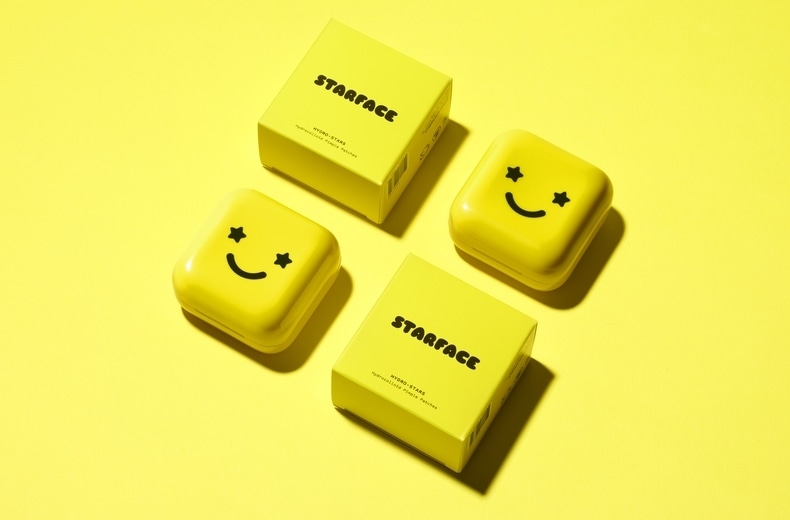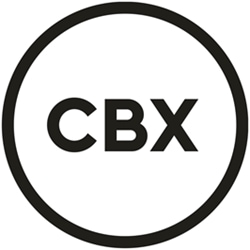Diversity is Gen Z's norm. They are the first digital natives. They are shrewd consumers. They're politically progressive. COVID is their defining historical moment. The list of their core characteristics goes on and on.
There's so much media hype about marketing to Gen Z—the 68 million Americans who are 6-24 years old—and about Gen Z's impact on our business world, that it can be difficult to sort through it all, especially for marketers.
At CBX, we set out to discover for ourselves what drives Gen Z consumers. We engaged in qualitative research with our cohorts across the United States, and augmented our findings with a global quantitative study of 600 Gen Zers—the latter conducted in conjunction with our partners at Lonsdale in Paris and Cowan in Shanghai.
The takeaways of our Gen Z study yielded invaluable insights that marketers can use to connect with this impassioned and active generation.
This article focuses on one striking characteristic: Gen Z's affinity for barrier-breaking.
Gen Z and Gender Fluidity
Our research found that Gen Z consumers are intentionally disrupting many of our culture's established notions around gender. That is further backed up by a Gucci and Irregular Labs study a few years back that found fully 25% of Gen Zers expect their gender identity to change during their lifetime.
What does such a seismic shift in how Gen Z views gender mean for marketers?
The data suggests that established male and female semiotic codes and visual cues are being blown to pieces. For example, during a project for a toy company, our designers learned that today's consumer is, without any external prompts, questioning why products aimed at girls are pink and why a dusting and cleaning set shows an image of a girl.
Such challenging of gender-associated colors and bias in marketing will accelerate as Gen Zers enter their 20s. Established yet progressive marketers such as Procter & Gamble are reacting: in P&G's case, by removing the Venus symbol—the traditional symbol for the female sex—from its Always hygiene products packaging to better appeal to nonbinary and transgender customers.
For Gen Z, Ugly Is the New Beautiful
As a Gen Xer, I grew up watching the movie Singles. At one point in the film, actor Matt Dillon's character hits on Kyra Sedgwick's character, saying, "I don't have an act," to which Sedgwick replies, "Your act is not having an act."
Today, successful brands personify Sedgwick's reply. Gen Zers want to see the messiness of humanity reflected in marketing. For them, it's OK to have acne, it's fine to be overweight, and brands that exist to disguise reality in any form are an anathema to them.
Beauty retailer Sephora is a great example of how a brand can evolve to embrace authenticity. When I worked for the company years ago, a movement driven by the hashtag #Iwokeuplikethis spotlighted women showing up for life showcasing their natural beauty. It was accompanied by statements that emphasized women could be—without help—aspirationally gorgeous.
Sephora's evolution broadened our society's understanding of beauty as a form of self-expression and became a catalyst for celebrating the multidimensionality of that expression without regard to outdated gender or beauty constructs. Today's Gen Z drumbeat is, "Can we learn to love ourselves?"
Such a cultural shift has served as a preface to Gen Z's preference for raw, unfiltered, and sometimes intentionally distorted photography. Marketers must keep in mind that this new generation will call out a brand's inauthenticity in a heartbeat.
Starface, an acne treatment created by a beauty editor who wants people to stop blaming themselves for having acne, is an example of brand that is meeting the phenomenon head-on. Starface recognizes that the skin condition is a common biological function that can make it difficult to put on makeup.

Starface's marketing approach declares that it will help a consumer treat his or her acne so they can do all the things they want to do with their faces; but if you have acne, hell, show it by putting a star on your face.
Gen Zers Are Breaking the Notion of Brand Loyalty
Our research reveals that Gen Zers can be both loyal and dismissive of brands, as exemplified by this quote from one of our research participants: "When a brand tries to evolve and it seems forced, I lose respect for them."
To overcome that seemingly mercurial attitude challenging brand loyalty, marketers need to understand the role their brands play in the life of their audiences, and stay true to their brands' essence as they evolve.
Levi's resurgence is fascinating in that context. The brand had lost its way since the mid-2000s, until it shifted focus back to the heart of the brand. Levi's conducted consumer research in which a respondent described the "roles" of her jeans, resulting in the statement, "You wear other jeans, but you live in Levi's." A simple description that describes the way Gen Z thinks about clothing.
Practical Advice for Marketing to Gen Z
So, how does a marketer achieve results like those of Levi's, Sephora, and Starface with Gen Z consumers?
First, embrace design thinking, which has, at its heart, empathy with your target consumer. Design thinking "revolves around a deep interest in developing an understanding of the people for whom we're designing products or services," as noted by the Interaction Design Foundation.
The basic insight: if you think about what it's like to be your Gen Z customer, you can craft an experience that cements long-term loyalty and drives brand identification.
For example, if you're a backpack brand and you know that the majority of your consumers are teens, map out a journey of how your target consumers go through their day, including the wear and tear they put on their backpack. Think about where those Gen Zers are going and what they struggle with.

That's what JanSport did with its "lighten the load" campaign. By cleverly linking baggage and weight to the emotional burden that today's teens are dealing with, JanSport didn't materially change its product to appeal to its new target market. Instead, it launched an initiative that addressed a cultural phenomenon unique to today's generation.
Next, learn to use new and emerging semiotic codes (a set of precepts that communicate meaning) and visual cues when marketing to Gen Z. The brands mentioned in this article are examples of marketers successfully using codes and cues that resonate with Gen Z.
However, codes and cues are composed of more than images on a package. Codes and cues make up everything consumers use to perceive their world, encompassing all forms of communication as well as the unspoken ways people navigate language and imagery—some of which we don't even process through the front of our brains. A simple example referred to earlier: pink is an ingrained code, albeit an entirely outmoded one, for girls' toys.
The barrier-breaking quality that Gen Z personifies reflects how we as humans naturally adapt to new resources and access to society and culture. Technology has put the gears in motion, and marketers who successfully navigate that shift in marketing to Gen Z will be the ones who change their understanding of the codes and visual cues that speak to our new generation of consumers.
This article is authored by Jaime Klein-Daley, vice-president of strategy at CBX, a New York City-based brand strategy and design agency.




